A melting pot of influences
We’re now heading to the southeast of Spain to the region of Murcia, and we’re continuing our exciting road trip after arriving on a Brittany Ferry to Bilbao 4 days ago.
So far, our chosen route has taken us through the back roads of Spain, and we’ve explored Pamplona, Zaragoza, and Teruel.
I’ve wanted to visit Murcia for some time now, I had heard so many charming comments about the city and that it was perfect for a weekend city break. I couldn’t wait to explore Murcia’s historic streets and stunning architecture.
We have a couple of nights in the beautiful city of Murcia. We then we hit the road again and visit Mojácar, Granada and then heading back north, we’re exploring Toledo, Valladolid, Astorga and Burgos.
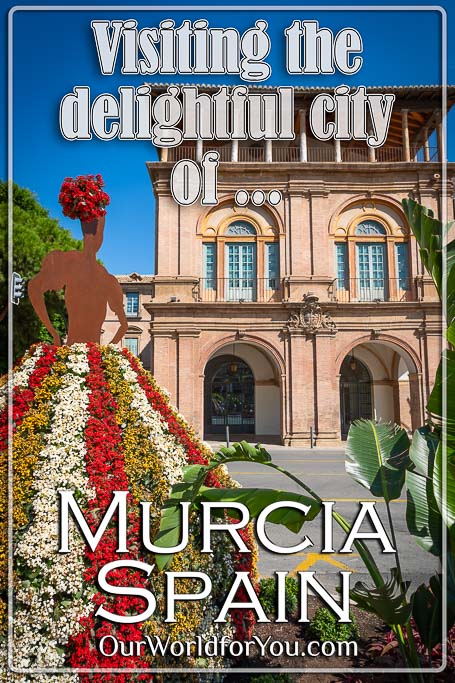
Where is Murcia?
How to get to Murcia
- By Air Start creating your own Spanish adventure and discover the delightful city of Murcia for yourself.
Search for your flights in one easy place with ebookers.com. Over 400 airlines are scanned for your favoured routes and chosen dates.
...
Where to stay in Murcia
The hotel Sercotel Amistad Murcia is very centrally located, just a 5 minutes’ walk to the historic Old Town and many of the significant sights of Murcia.
The rooms are very comfortable and clean. We chose to stroll out each morning for breakfast as we enjoy eating in local cafés. Sercotel Amistad Murcia has an underground car park; a daily charge is applied.
Alternatively, pop your dates in the Booking.com search box and discover further options for all budgets.
Brief history of Murcia
Strolling in the footsteps of timeThe historic city of Murcia is situated in the southeast of Spain within the Iberian Peninsula and is the capital of the Murcia region.
Murcia is perfectly nestled along the banks of the River Segura and was founded by the Emir of Cordoba Abd ar-Rahman II in 831, who commissioned a walled city. Sections of the ancient wall can still be seen dotted around Murcia.
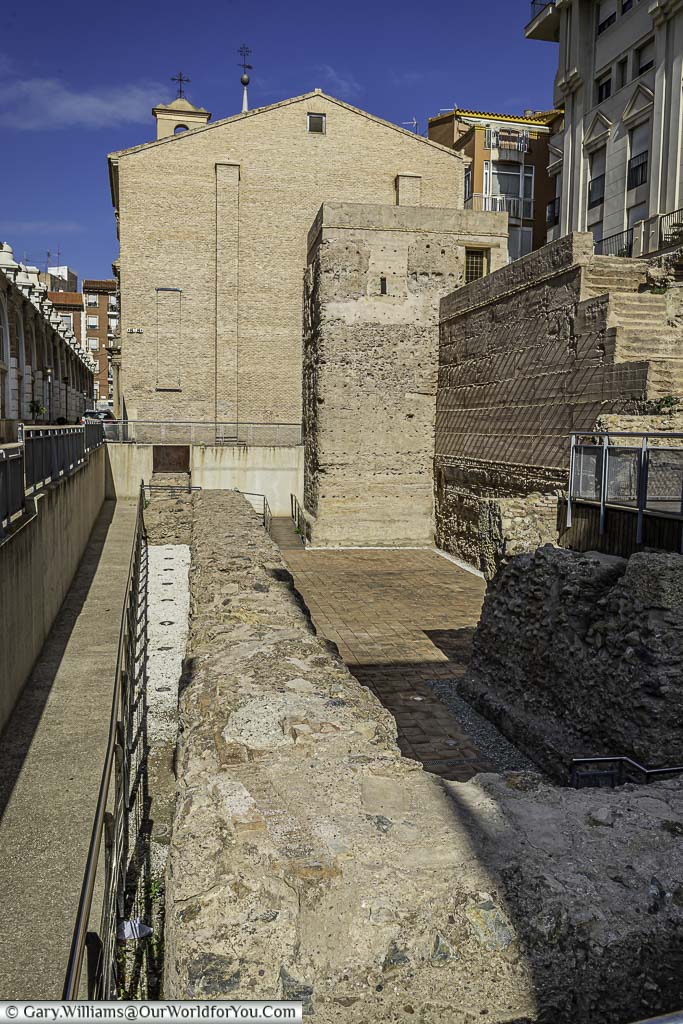
Fast forward a few hundred years to the late 12th century, and Murcia was occupied by the North African Almohades, the last Muslim empire to rule Southern Spain. During this time, the Moorish region of Mursiya gained considerable significance; many Moorish architectural buildings still remain in Murcia and remind you of its rich Moorish past. I do love the Moorish influences.
However, Murcia didn’t remain under Muslim rule too long as the Christian King Ferdinand III of Castile gained Murcia within the 13th century, and the Christian population began to increase.
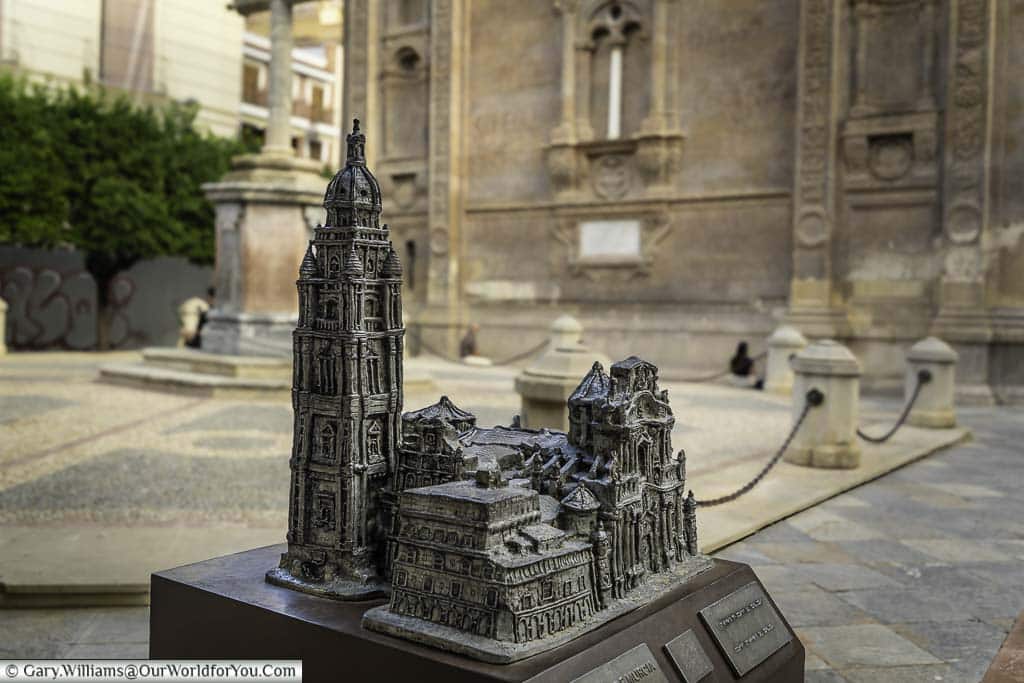
In 1829, Mother Nature inflicted a severe blow on Murcia when it suffered a disastrous earthquake. Then, around a century later, it was hit with significant flooding in 1946 and again in 1948.
Murcia resolutely thrives today and is a stunning city to explore on foot, and with its rich and varied culture, it has become popular with tourists near and far.
Exploring the historic streets of Murcia
The three legendary calles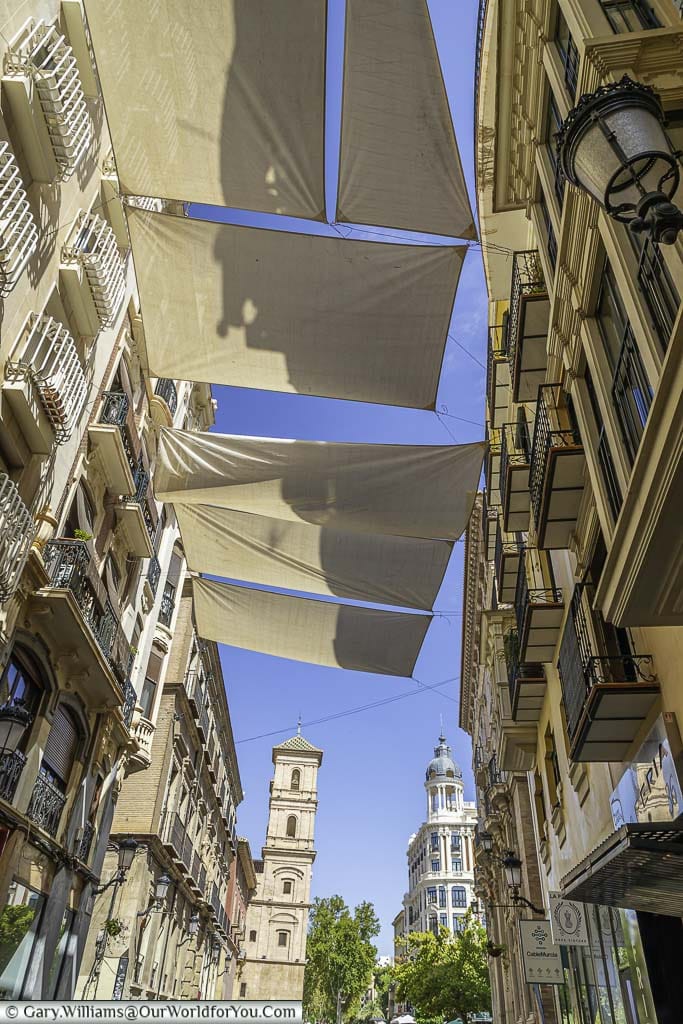
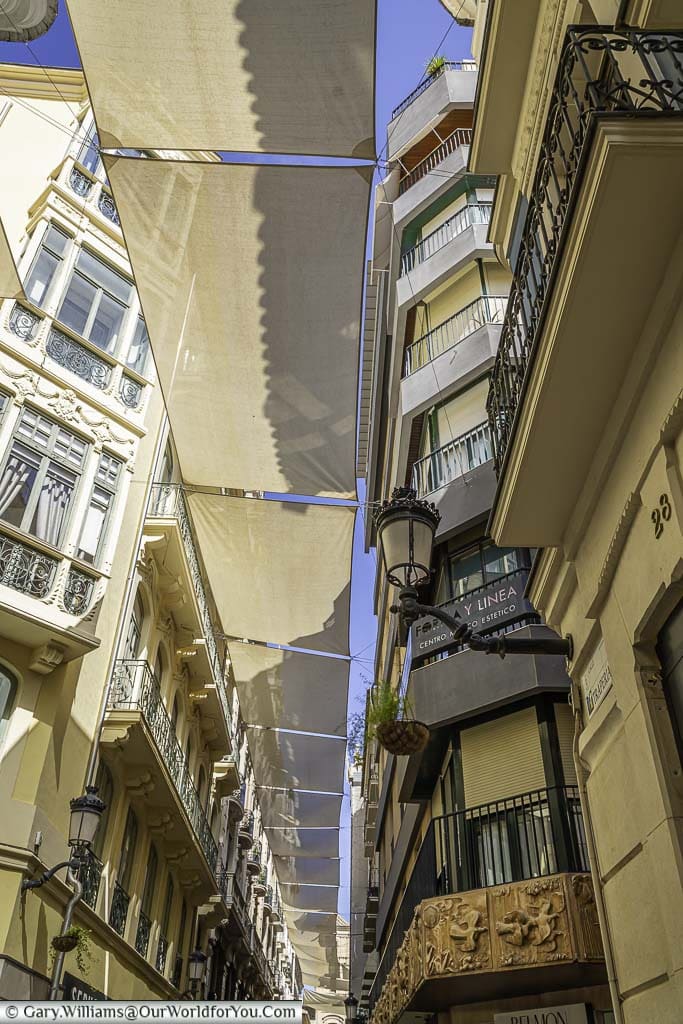
We wandered into the historic centre of Murcia and strolled down the three legendary streets of Calle Platería (silversmiths), Calle Trapería (cloth merchants), and Calle Vidrieros (glass workers). These streets are named after the guilds which used to trade along these lanes.
Ambling along Calle Trapería with its street-covered sails, offering shade from the shimmering sun, reminded me of the scorching lanes of Seville; I think these canopies are such a creative idea.
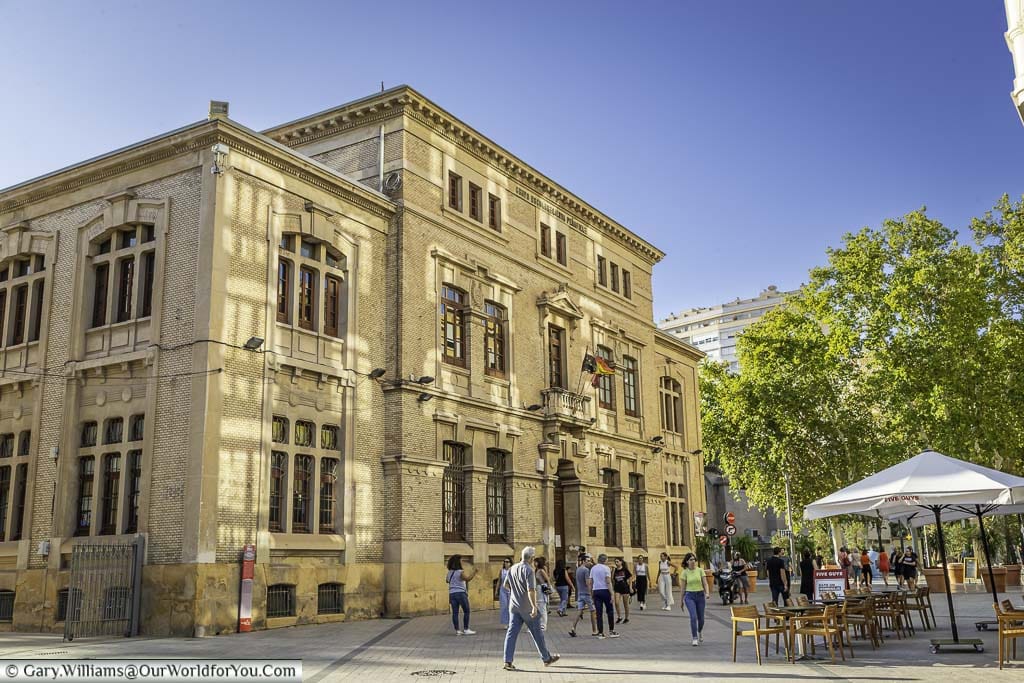
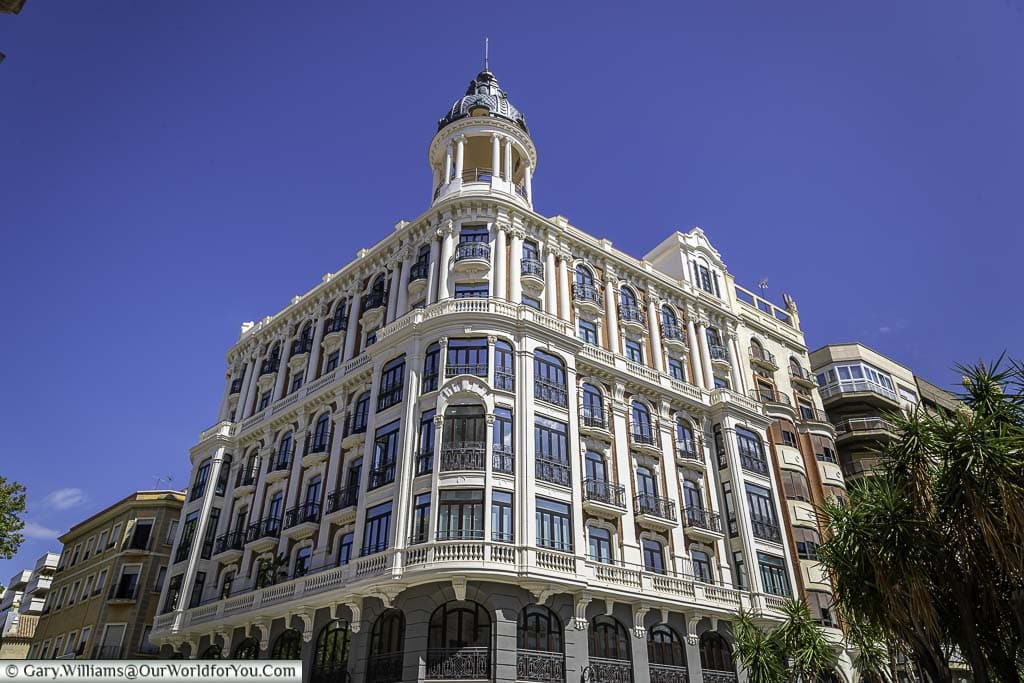
There are so many incredible places to discover in Spain and I love planning road trips. I often use the DK Eyewitness books, I find them extremely informative, easy to follow and the pictures and maps tempt you into searching for more.
We used a previous version of this book to plan our Spanish road trips, now you can grab the revised copy.
A few of Murcia’s charming plazas
Explore Murcia at your leisure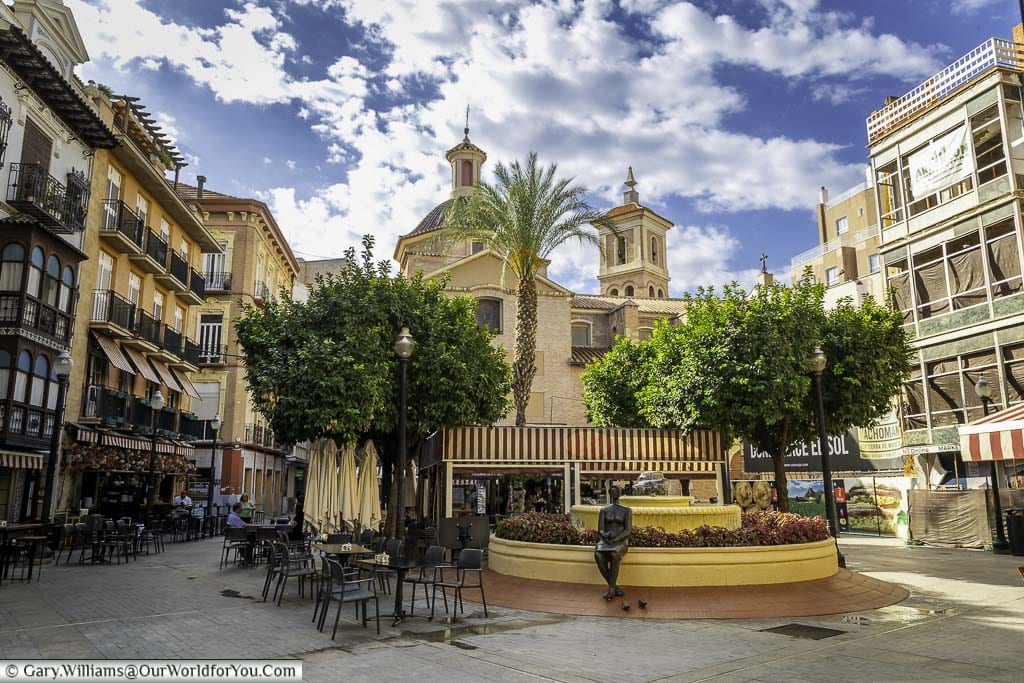
One of my favourite squares was Plaza de las Flores, and as the name would imply, this beautiful plaza has vibrant and fragrant flower stalls. All around Plaza de Las Flores are eye-catching buildings with balconies overflowing with flame-red begonias. Share a pew with “La niña de la Flores”, the bronze sculpture on the edge of the central fountain, and just sit and watch the world pass by.
Adjacent to Plaza de las Flores is Plaza Santa Catalina, another welcoming and charming pedestrian square.
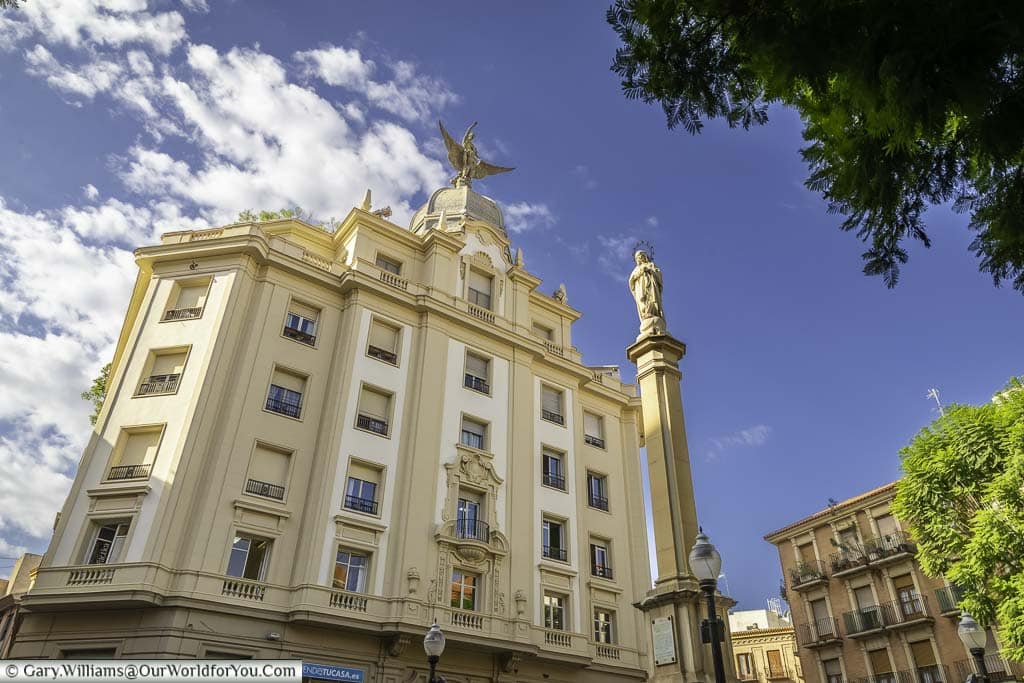
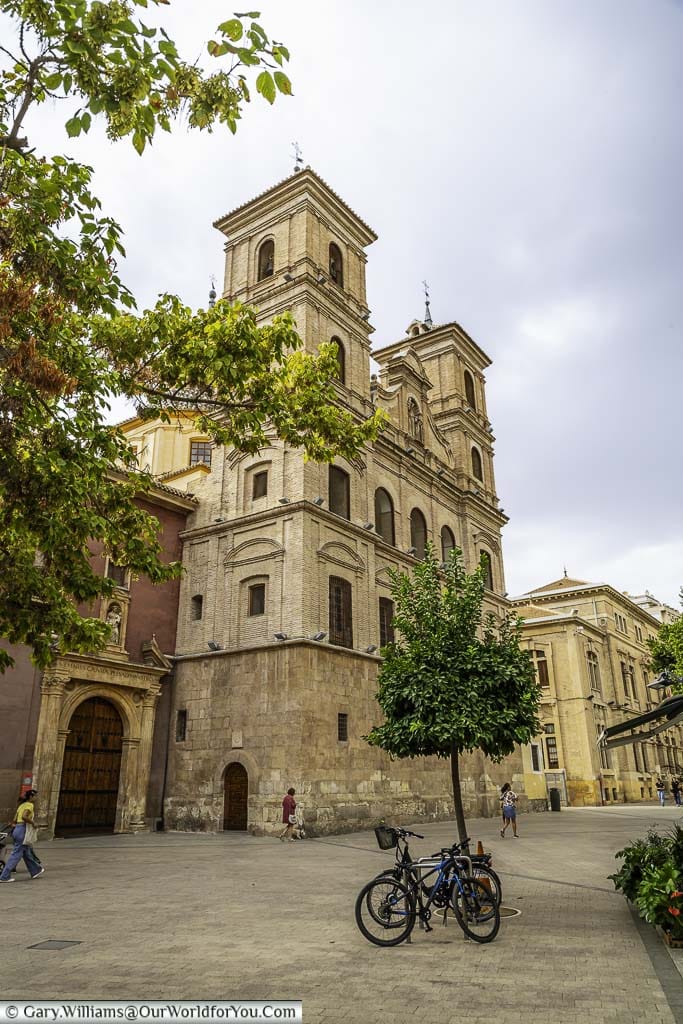
Another plaza to relax within is the bustling Plaza de Santo Domingo, which I mentioned above, home to Casa Cerdá. Plaza de Santo Domingo is a pretty grand square with cafés and restaurants dotted around for you to enjoy.
However, we just loved sitting on the wooden benches under the shade of the palm trees, soaking up the atmosphere of Murcia with the majestic towers of Santo Domingo Church looking down upon us.
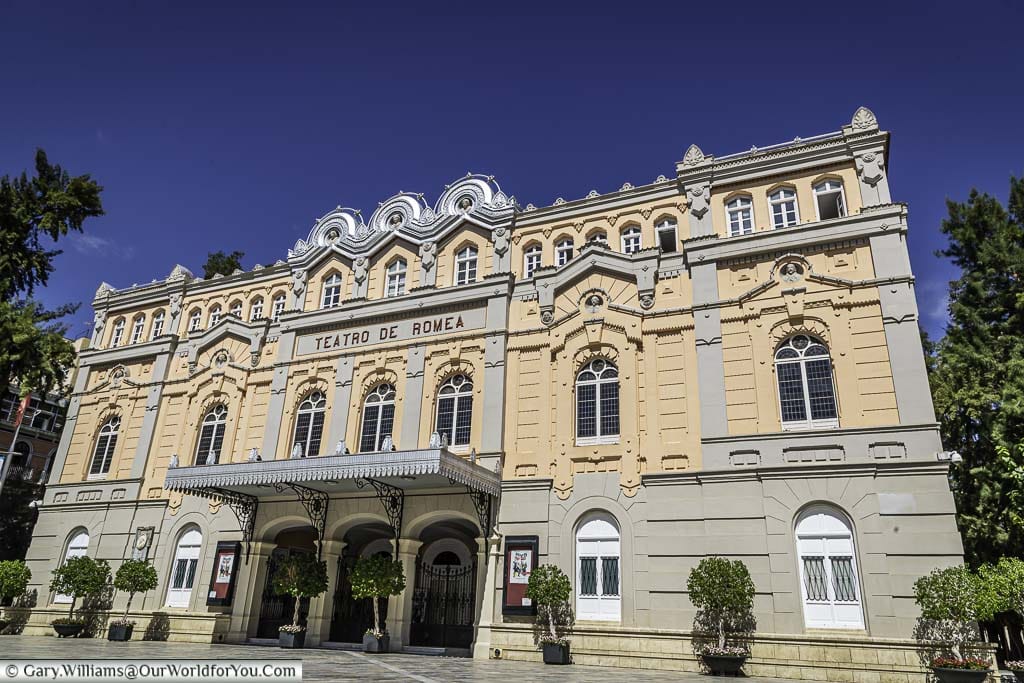
A short hop along Calle Arco de Santo Domingo and passing beneath the historic arch of St. Domingo, you’ll arrive in Plaza de Julián Romea. This delightful square is full of life and theatregoers as sitting pride of place is the dusty pink Romea Theatre.
The neoclassical Teatro de Romea opened in 1862 and has undergone a series of restorations due to devasting fires in 1877 and 1899 and continual reconstruction. The magnificent theatre has stood the test of time and frequently holds captivating performances for all ages.
Tempted to?
Discover more of historic Spain and tour its picturesque countryside in the north, or head south to explore the Sierra Nevada National Park just south of Granada.
You can do it all on a road trip; Rental Cars searches multiple well-known car hire brands and discovers the deals that suit you the best.
A stroll by the Segura River
Enjoying the dappled shade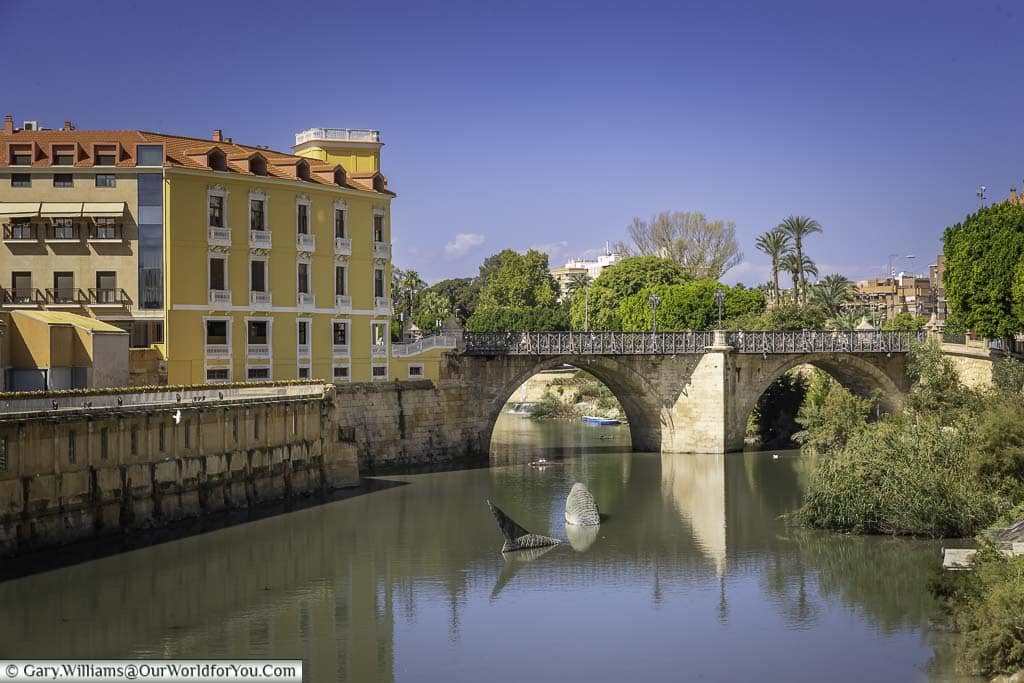
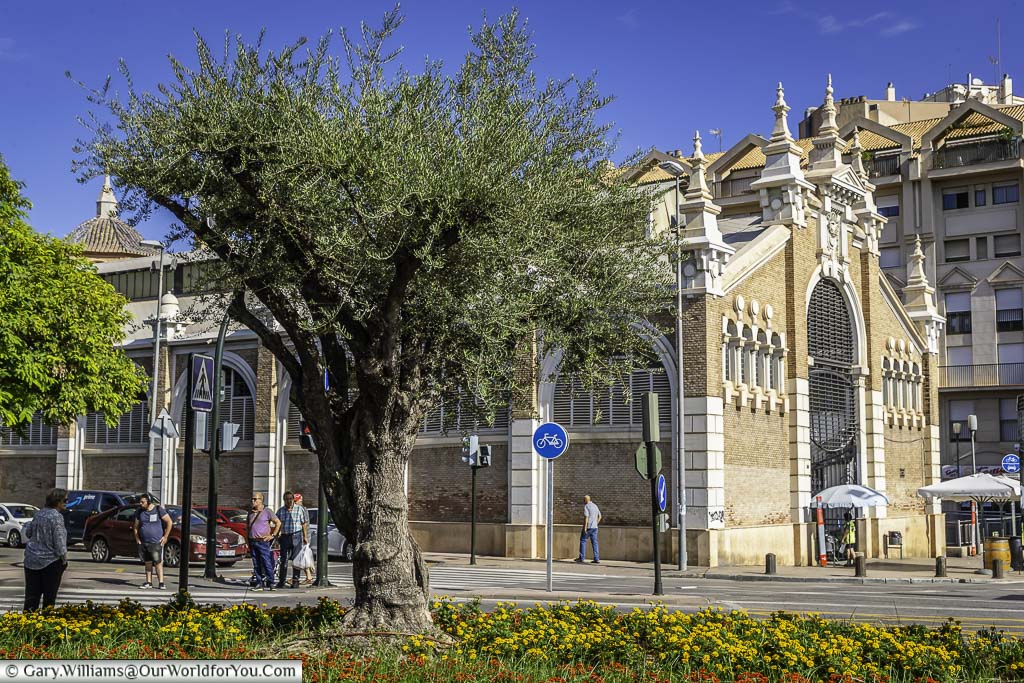
Also nearby the river is the Mercado de Abastos de Verónicas. Gary and I love visiting the local mercados. You get a true understanding of the abundance of fresh food stalls and the types of cuisine the locals enjoy eating. Fish, shellfish and plenty of vegetables and meats were the order of the day.
The Mercado always has a lively and bustling atmosphere and is always an eye-opener into the daily life in a town or a city.
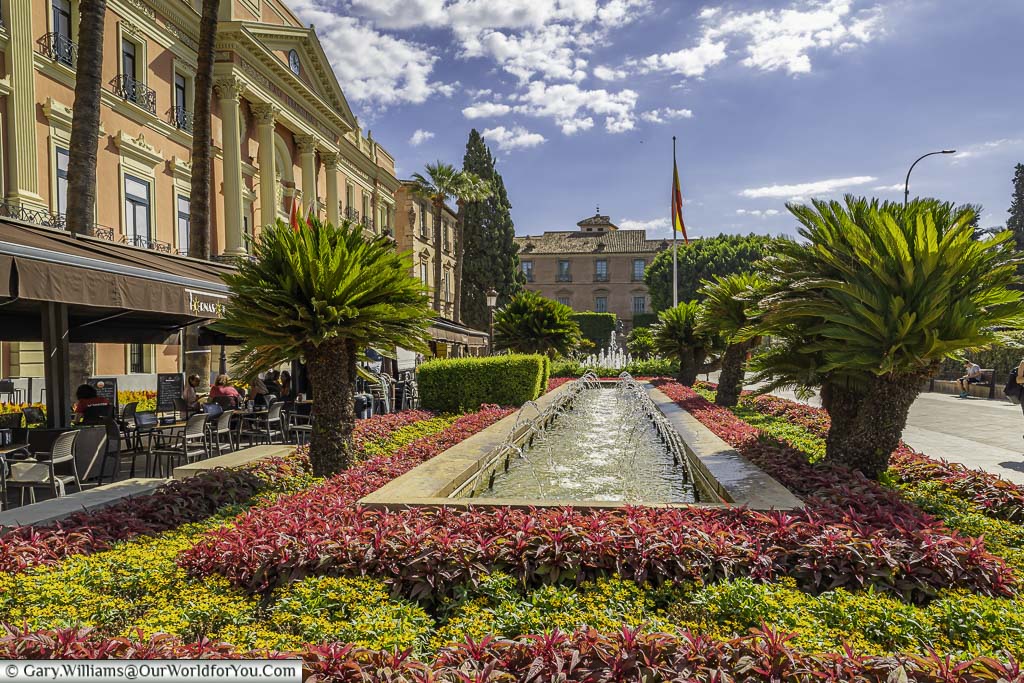
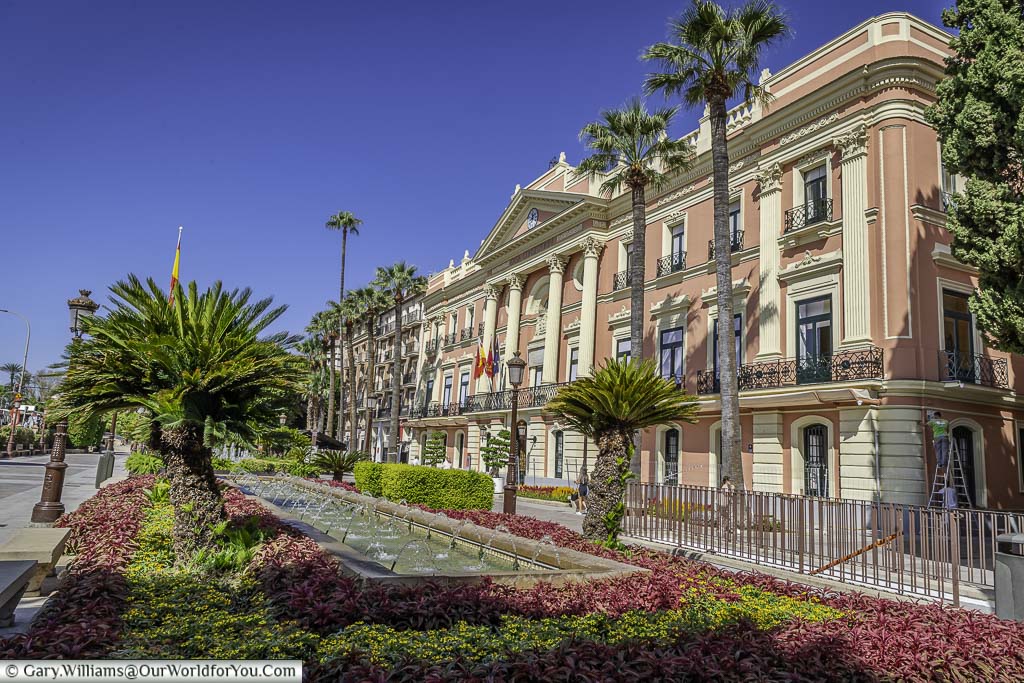
Standing proud of its place in the Plaza de la Glorieta with the striking gardens at its feet is the eye-catching Ayuntamiento de Murcia (Town Hall). This building is stunning.
The Town Hall of Murcia was built in the neoclassical style during the 19th-century by the architect Juan José Belmonte. The salmon-coloured façade and the imposing central columns undoubtedly make a statement.
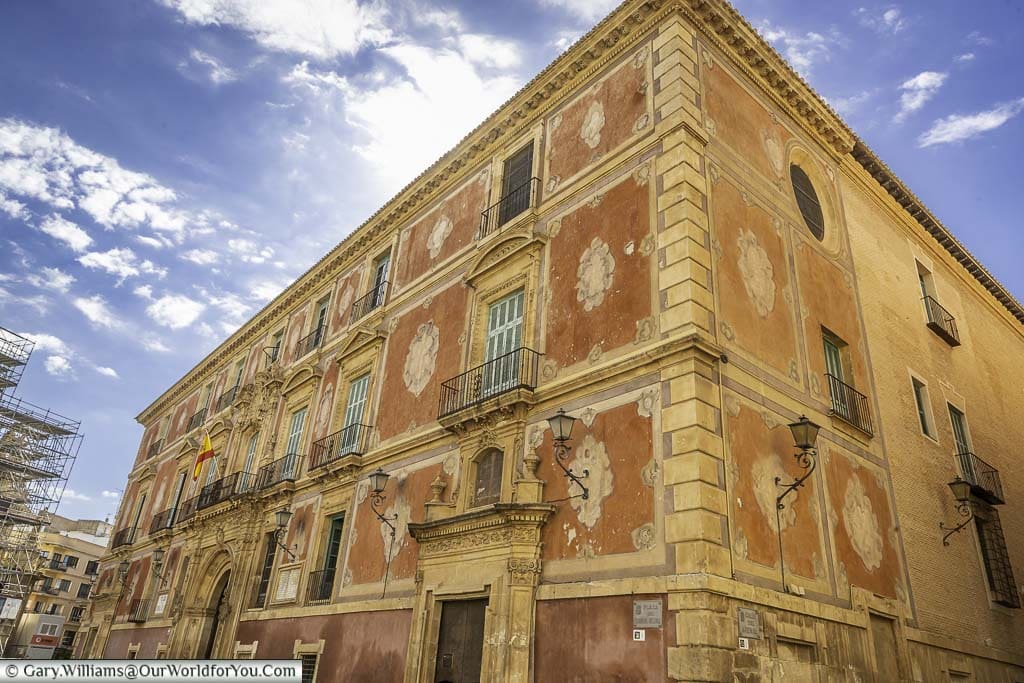
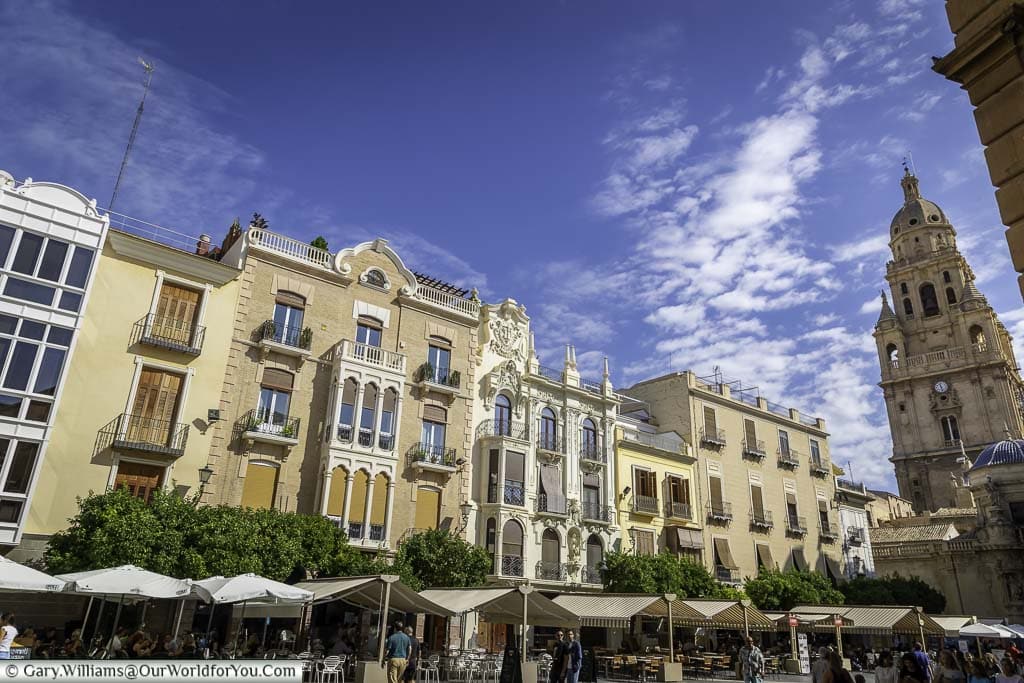
Visiting Murcia Cathedral
A perfect blend of styles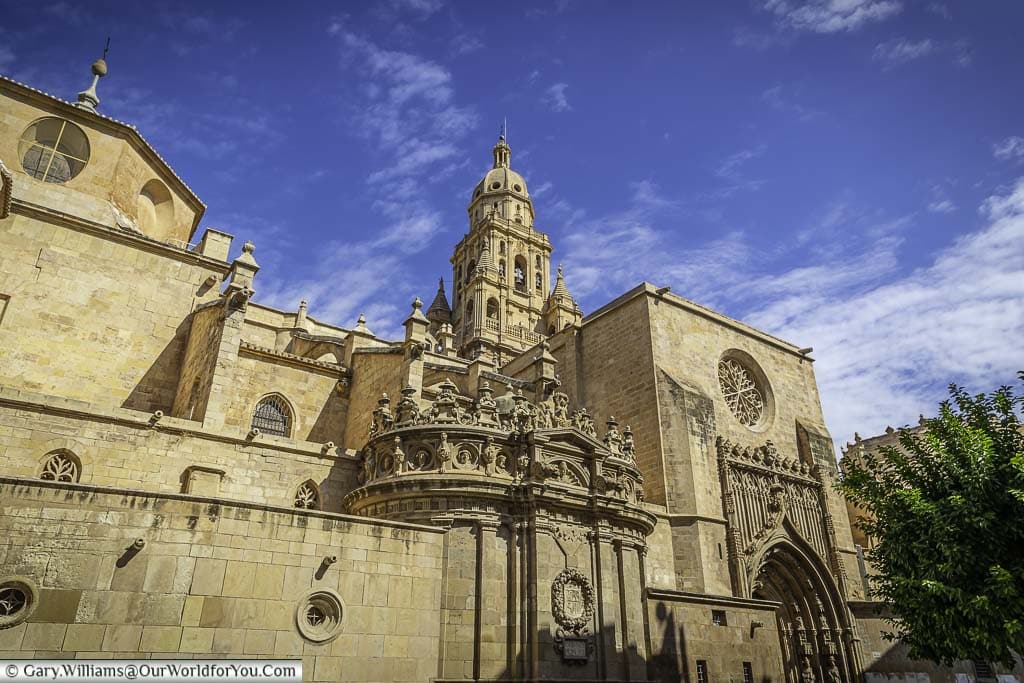
The interior of the cathedral reflects the beautiful Gothic influences and the striking façade was created in the Baroque style from the designs of the Valencian architect Jaime Bort. The intricate detailing is incredible; the cathedral is a true gem of Murcia.
Unfortunately for us, scaffolding was masking the main ornate entrance.
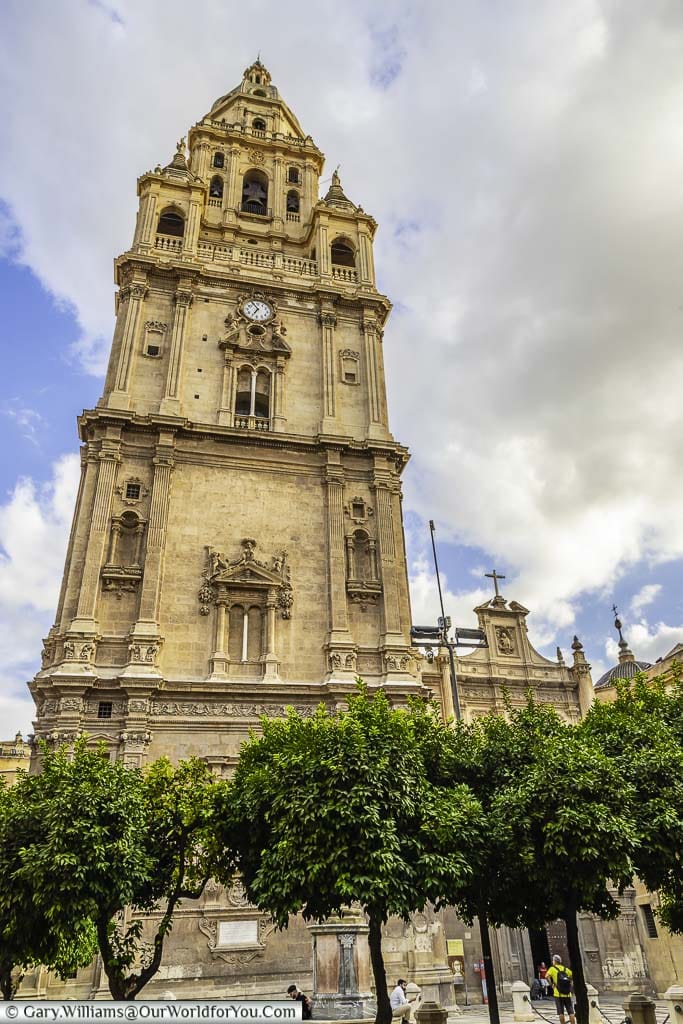
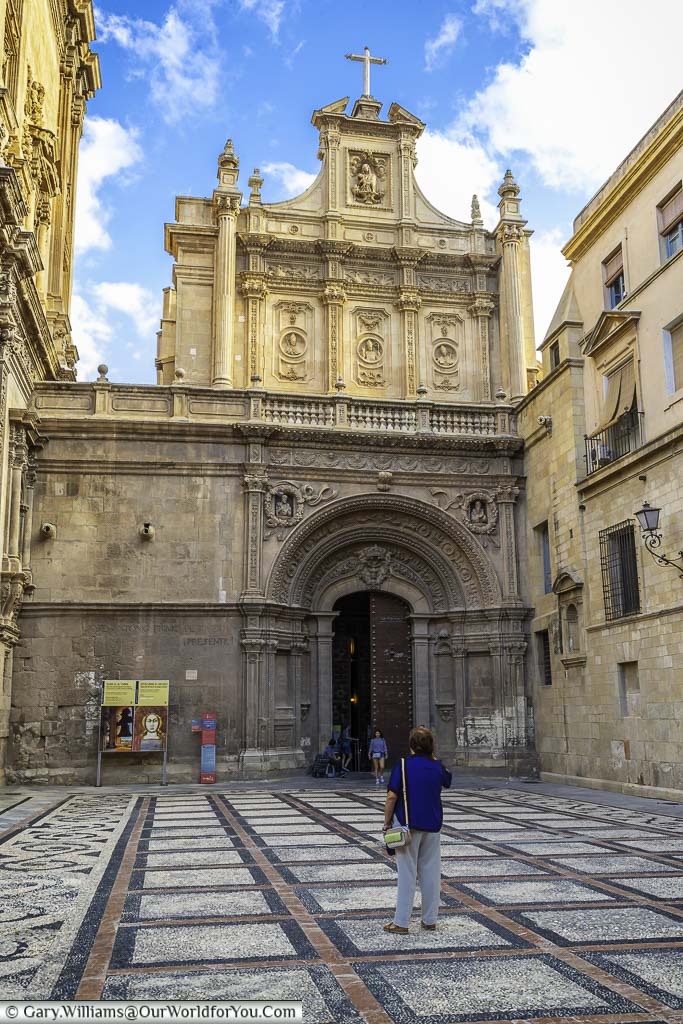
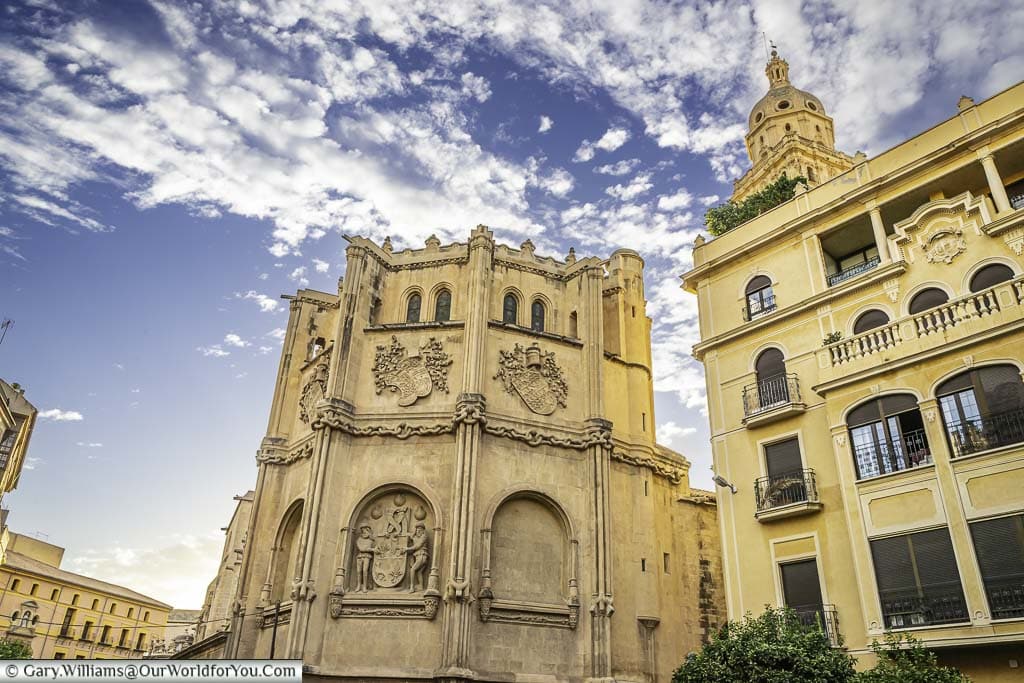
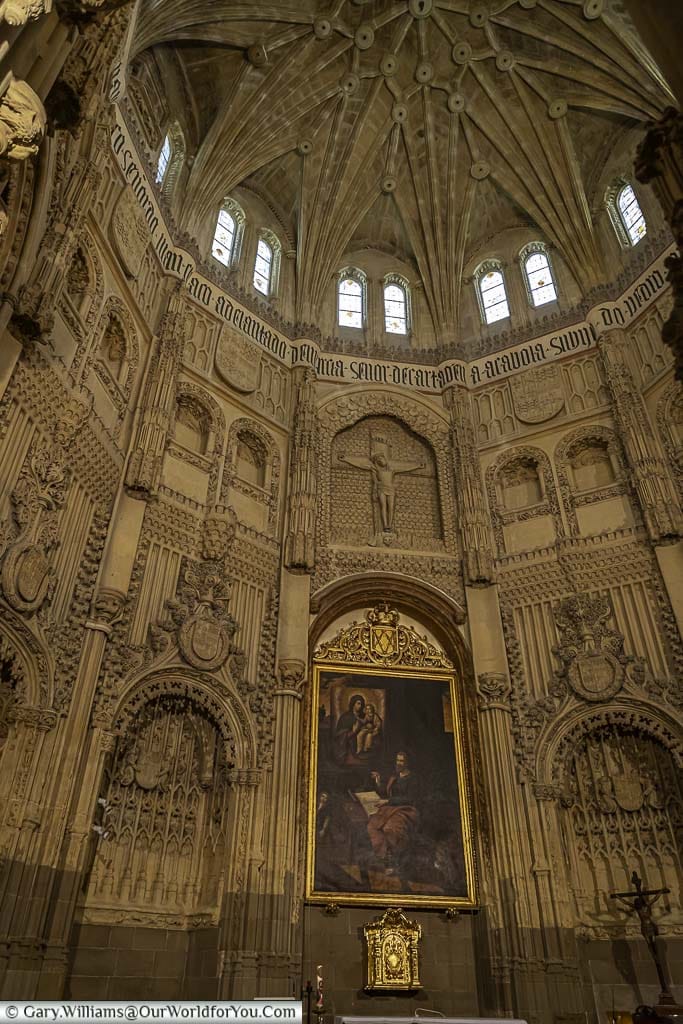
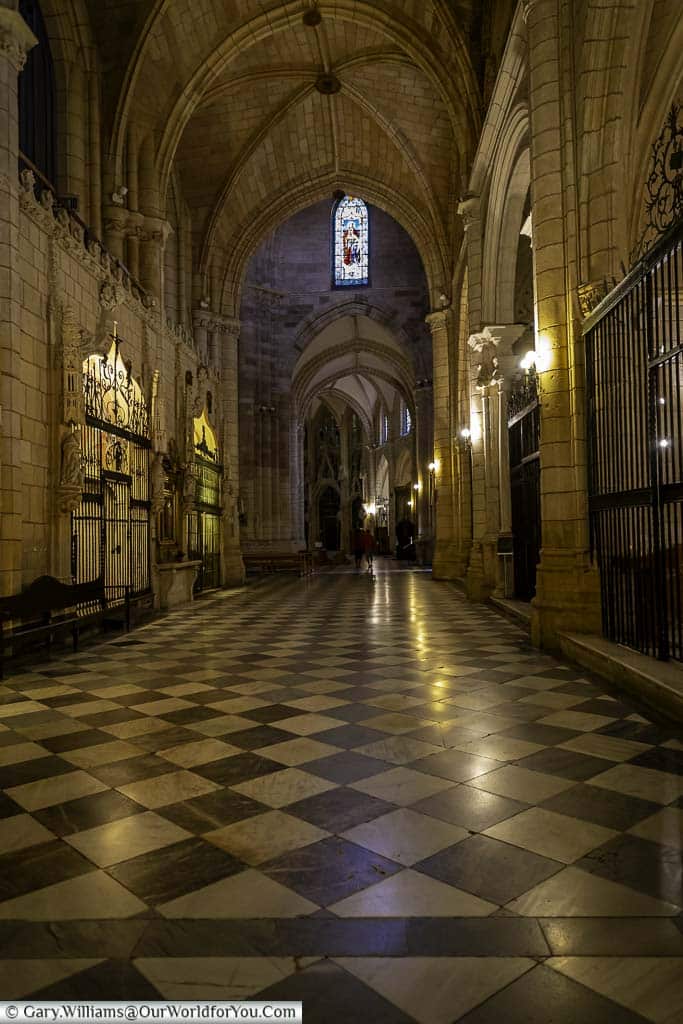
Tourist Information
There are so many incredible places to discover in Spain and I love planning road trips. I often use the DK Guides,
I find them extremely informative, easy to follow and the pictures and maps tempt you into searching for more
Exploring Real Casino de Murcia
A jewel in the crown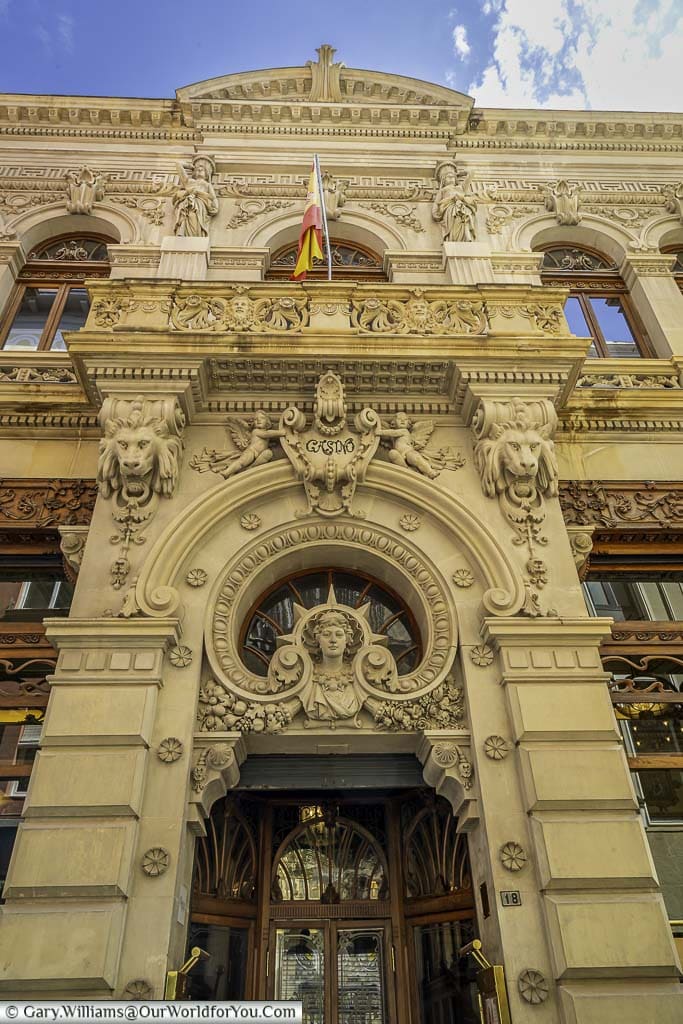
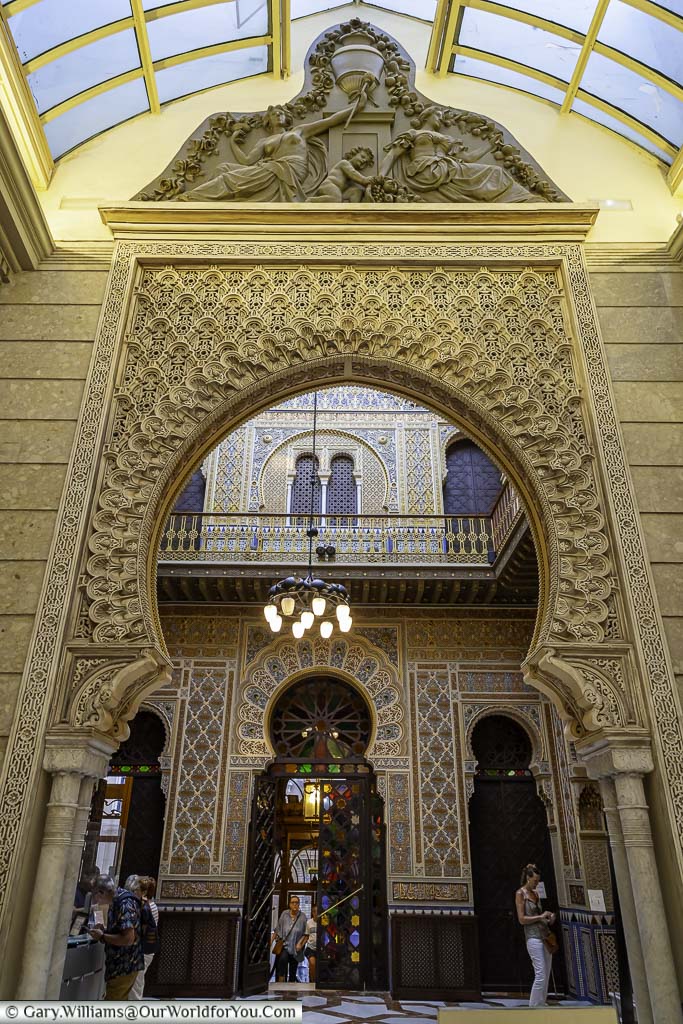
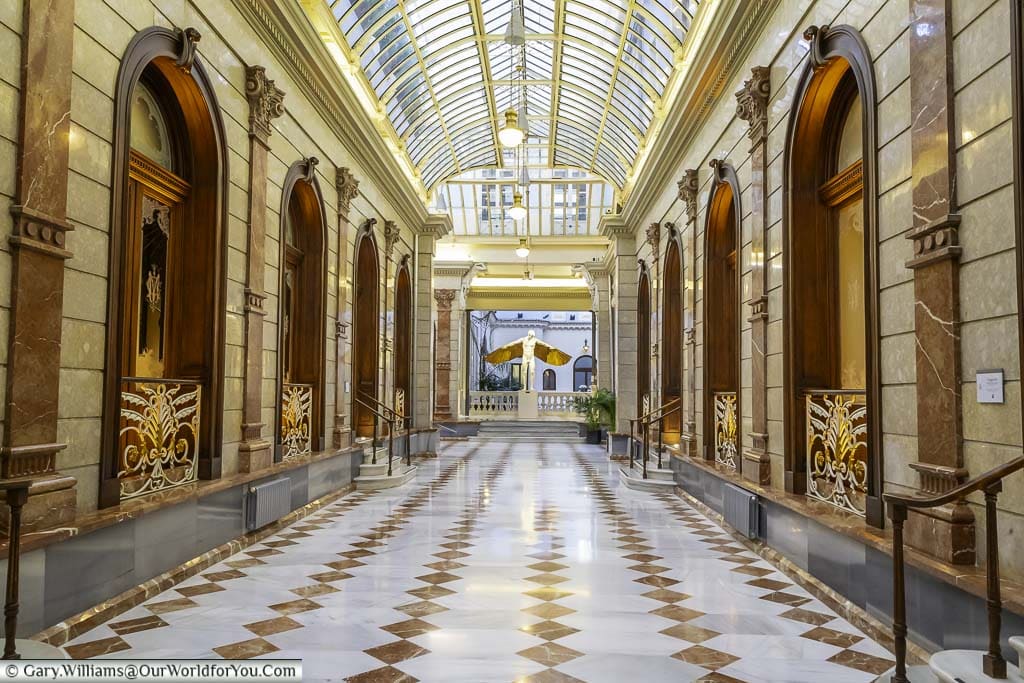
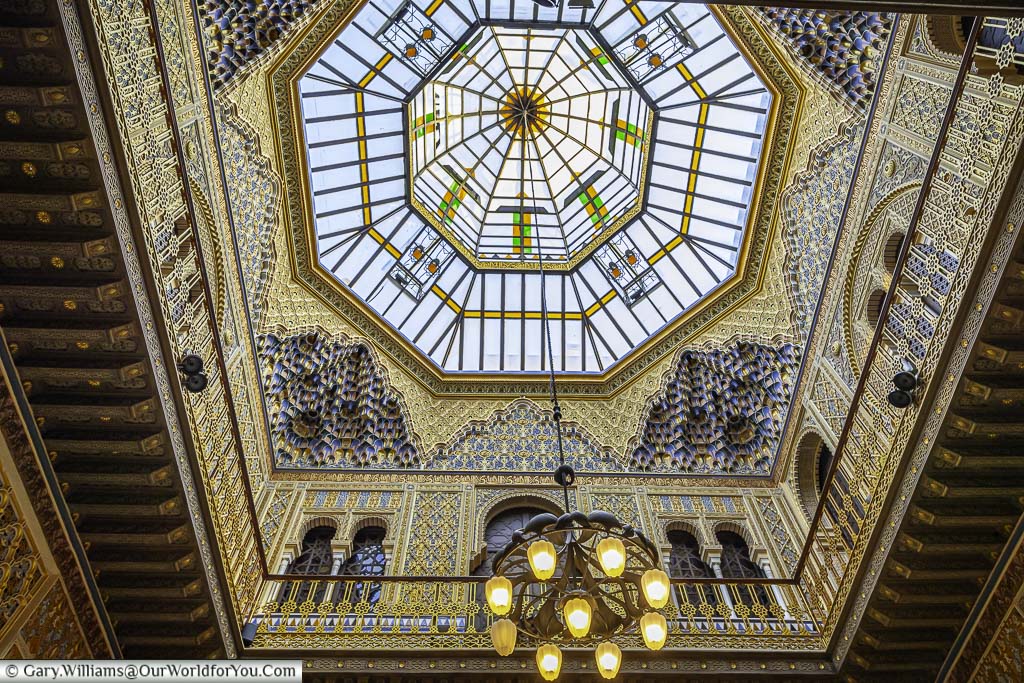
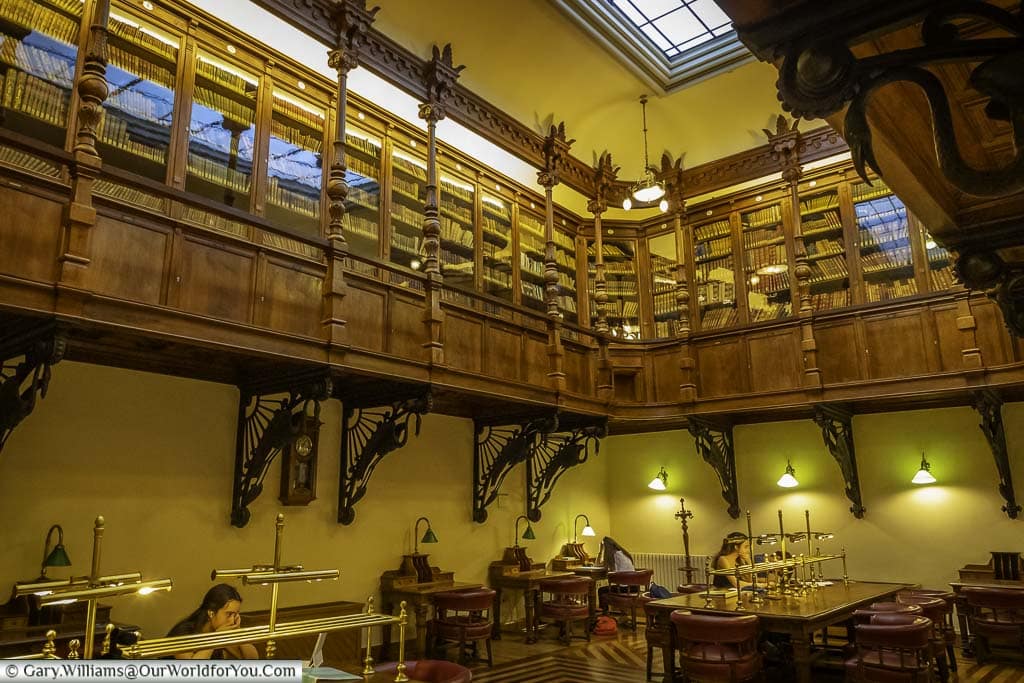
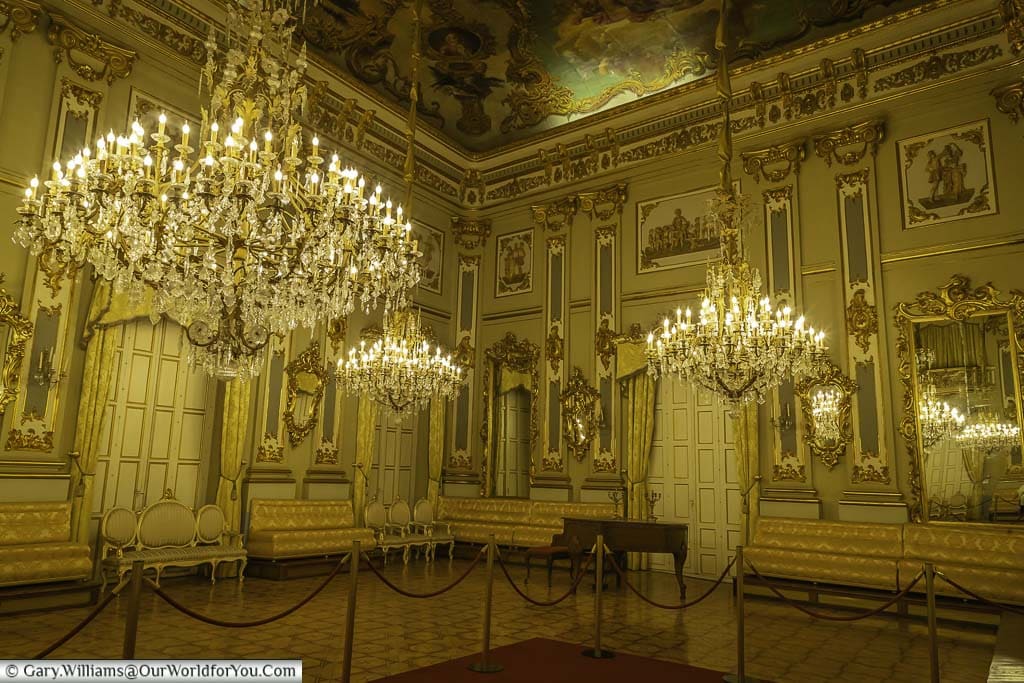
Why not check out...

Visiting the majestic city of Granada, Spain
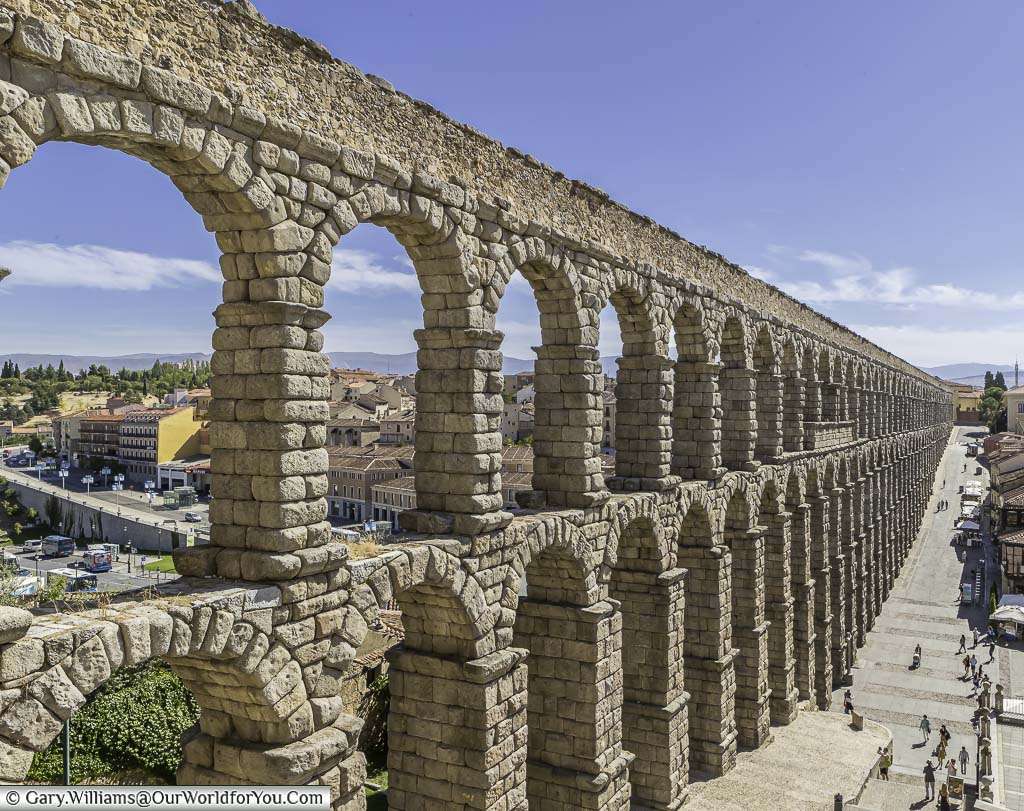
UNESCO World Heritage sites to visit in Spain – Part 2
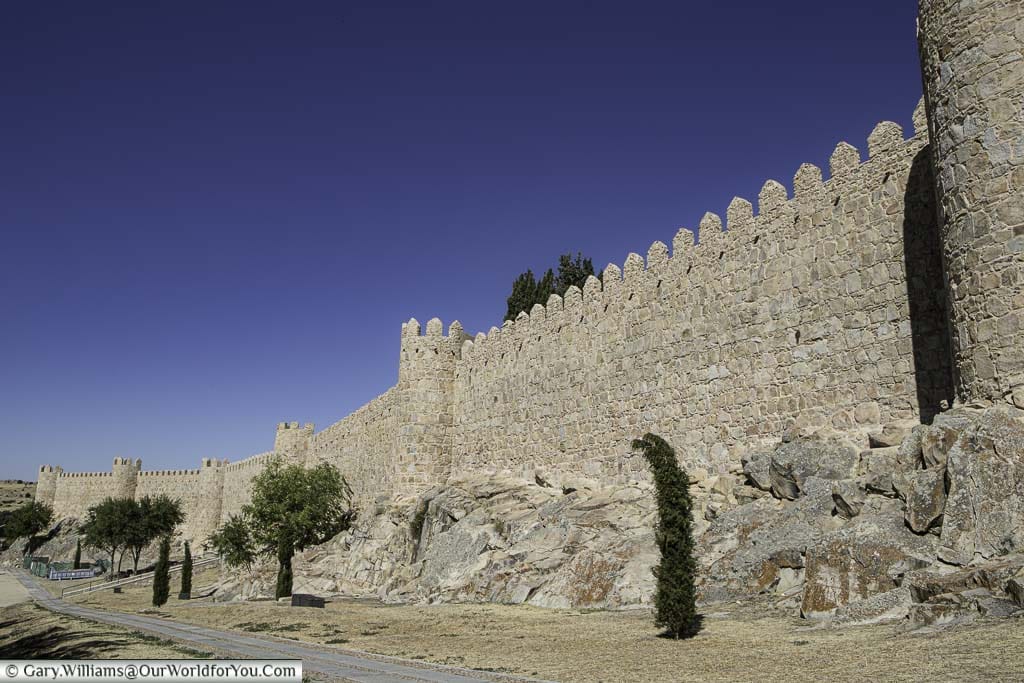
UNESCO World Heritage sites to visit in Spain – Part 1
* This post may contain links to affiliated sites where we earn a small commission at no additional charge to you.
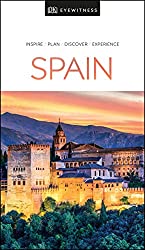
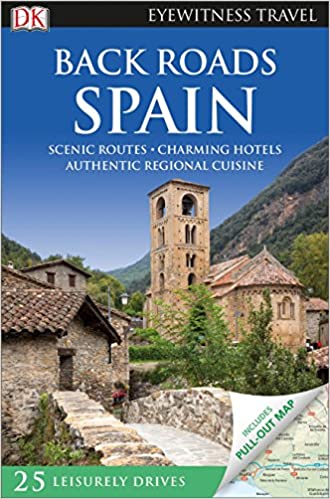
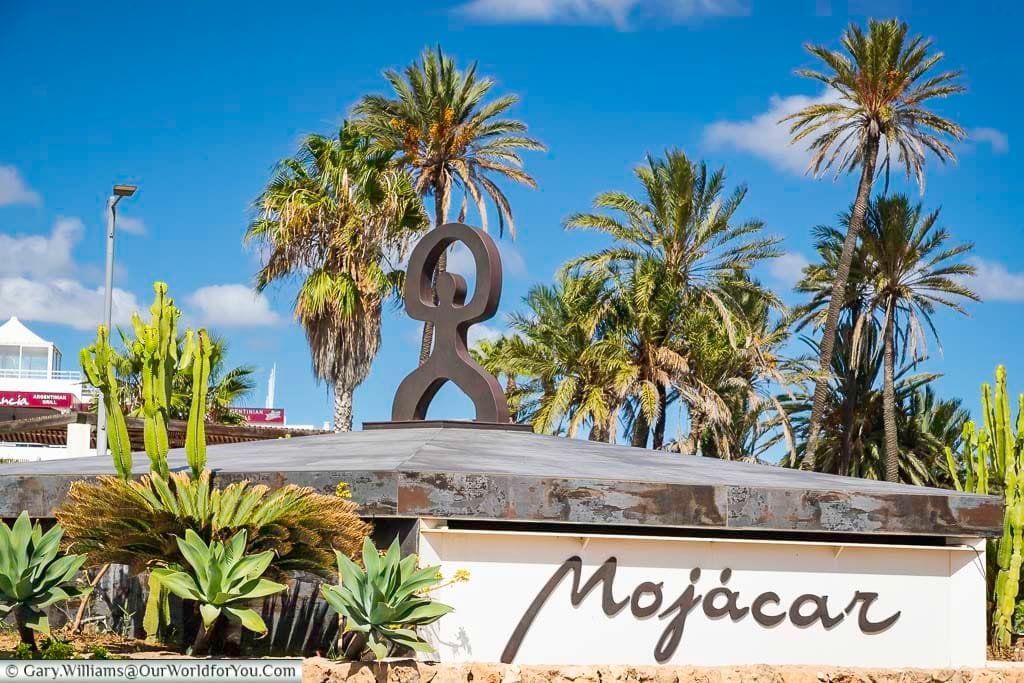
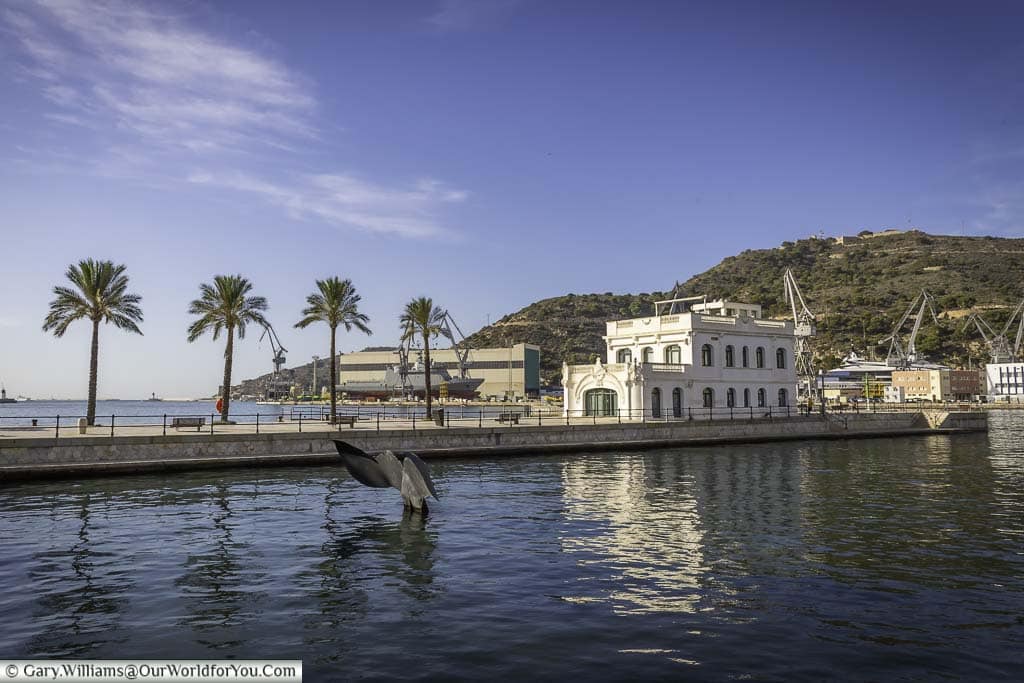
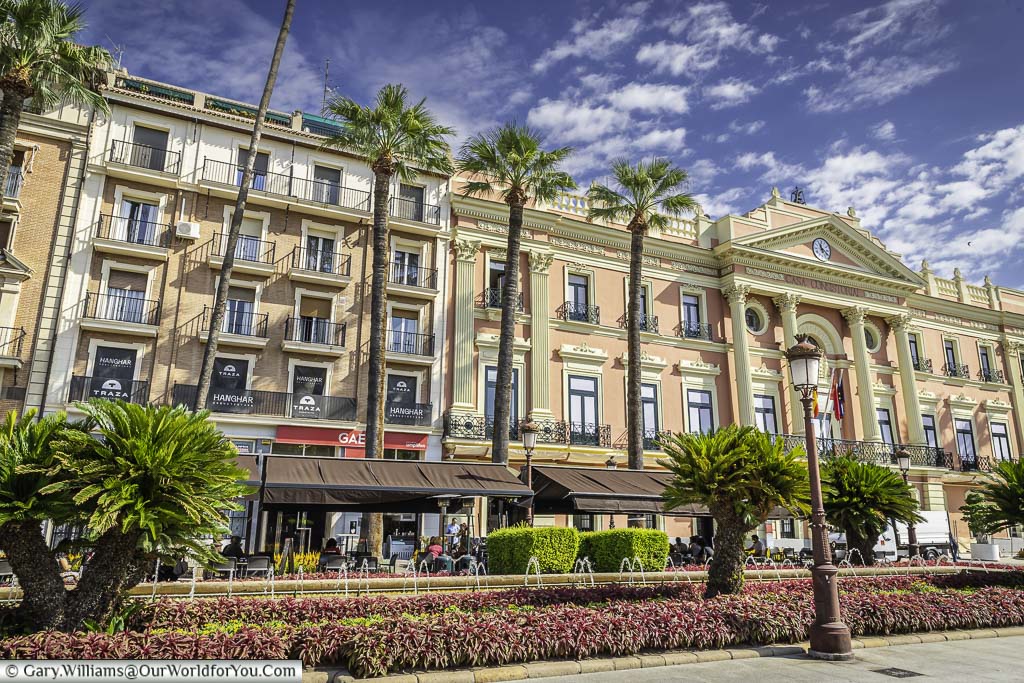

I Like Murcia City very much visited the City with my mother and father some years ago. Murcia has a lovely Cathedral the city is worth visiting We were on holiday in La Manga not far from Murcia.
Yes, we really enjoyed visiting Murcia too, it’s a beautiful city, there were so many charming squares and lanes to discover. The cathedral was lovely along with the Real Casino de Murcia. I would certainly return someday.